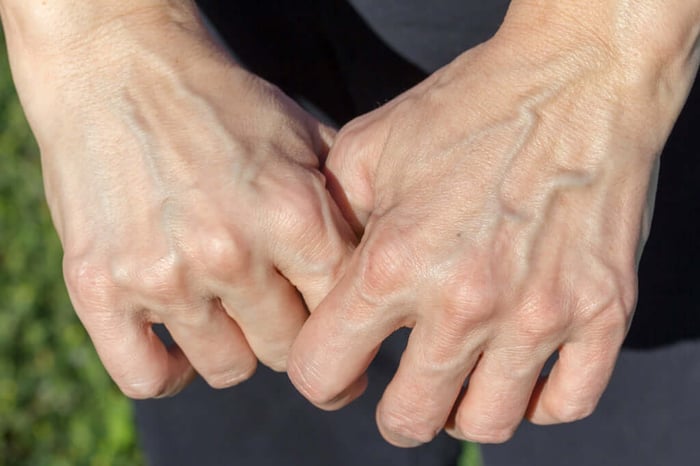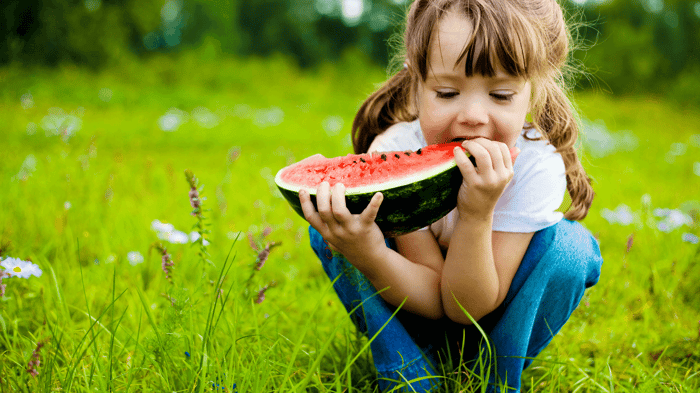The sun is out, days are heating up, and you're probably thinking about breaking out that summer wardrobe, if you haven't already. However, you may be less than excited about this seasonal change if the thought of wearing shorts, skirts and swimsuits is marred by discomfort around varicose veins. But what are varicose veins?

Varicose veins are relatively common among both men and women: In fact, it is one of the most common conditions in the United States, affecting 20-25 million Americans. Approximately 50% of individuals over the age of 50 will develop varicose veins, though they can develop at any age.
They can appear as swollen and enlarged veins that usually, but not always, occur on the legs and feet. They may be blue or dark purple, and are often lumpy, bulging or twisted in appearance.
In addition to their unsightly appearance, you could also experience aching, pain, and other, more serious symptoms. Common symptoms of varicose veins include:
- Burning, throbbing or tingling in your legs
- Fatigue, cramping, muscle soreness, and swelling of the legs
- Muscle cramps, particularly at night
- Dry, itchy and thin skin over the affected vein
- Restless leg syndrome
Your symptoms may worsen if you've been standing up for long periods of time or during warm weather. They may improve when you walk around or if you rest and raise your legs.
What causes varicose veins?
While the precise cause of varicose veins is difficult to pinpoint, most medical professionals agree it is a medical condition known as venous reflux, which means the blood begins to flow in the wrong direction.
In a healthy vein, blood flows smoothly to the heart. The blood is prevented from flowing backward by a series of tiny valves that open and close to let blood through. In varicose veins, these valves have broken and allow blood to pool in the vein. Because they do not facilitate blood’s movement back to the heart, varicose veins are non-functional and their removal does not affect the cardiovascular system.
Many factors can contribute to varicose veins developing. Genetics are the primary decider in whether or not you develop varicose veins, so keeping track of family history is important. Other risk factors include age, being overweight, pregnancy, high blood pressure and a job that requires long periods of standing.
What are my options?
Have you asked yourself what are Varicose Veins? If you have or are at risk for varicose veins, there are many things you can do to reduce their appearance. Depending on the severity and symptoms of your specific case, a combination of home remedies and professional assistance will help you to look and feel your best.
The following remedies, therapies and treatments are all potential tools in your varicose vein toolbox.
Home remedies
Change your diet - Reduce your sodium intake, which causes the body to retain fluid and could worsen damage from varicose veins. Foods rich in the mineral potassium, meanwhile, keep blood vessel walls from thickening, protect vessels from oxidative damage and help reduce water retention.
So which foods contain high levels of potassium?
- Vegetables: Broccoli, Potatoes, Peas, Leafy Greens, Carrots, Mushrooms
- Fruit: Most citrus fruit, Bananas, Cherries, Grapes, Apricots, Prunes, Blueberries
- Beans and legumes: Lentils and White, Kidney, Lima, and Soya beans
- Fish: Cod, Salmon, Rockfish, Trout, Halibut, Tuna
- Meat: Pork, Beef, Chicken, Elk, Venison, Rabbit
- Dairy: Milk, Cream, Yogurt
Exercise - We all know exercise is good for us, and it is one of the most effective methods of varicose vein prevention.
Regular exercise encourages better blood circulation which keeps your veins on the move. It also helps to lower blood pressure, which is another contributing factor to varicose veins.
Walking or swimming just 30 mins a day will make a difference to not only your veins by improving circulation but also for your general health and wellbeing. Yoga is also a great idea as it can easily be done from home with no special equipment and has great benefits for your mental health.
Essential oils - Essential oils can promote circulation and increase comfort. Lavender, Lemongrass and Ginger may be particularly helpful for their soothing qualities.
To use these oils add a few drops into warm or cool water and soak a clean cloth, then apply to the affected area for around 15 mins.
Compression stockings
Compression stockings can be bought in most stores and pharmacies and fit tight around the foot and gradually loosen their compression as they move up the leg towards your heart. They aid blood flow and can go far in helping to relieve the symptoms of pain and swelling.
Laser Therapy
Also known as Endovenous laser ablation, this treatment delivers targeted laser energy into the vein via a narrow fiber, which causes the vein to collapse and slowly fade and disappear. It is minimally invasive, relatively pain-free and requires no downtime.
Injection Therapy (Sclerotherapy)
Sclerotherapy is also a non-surgical procedure with no anesthesia required. A very fine needle is used to seal the veins so that blood can no longer flow through them. There is minimal discomfort and multiple veins can be treated in one session. Again, there is no downtime and patients are able to return to normal activities within 30 minutes.
Regardless of which treatments you decide on, I’d recommend a visit to your dermatologist as step one for anyone concerned about varicose veins. Even if your symptoms are mild, they can become painful or life-threatening over time, and it is best to have a medical professional help you with this medical need. I hope you found this article helpful, and I wish you luck with your journey!






